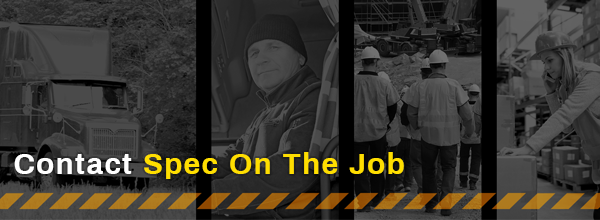The greatest concern with self-driving trucks or trucking automation has been truckers losing their jobs. And now that automation could be only three to four years away, truckers are feeling uneasy. Truckers, for the time being, put your minds at ease. Trucking automation and self-driving trucks are on the horizon to fix several problems. One of them is not sending our nation’s hard-working drivers to the unemployment line tomorrow. In fact, trucking companies are keeping the drivers in mind throughout the process.
Trucking Automation is a Gradual Process
You will not go to work one day and discover you’ve been replaced by a robot. Instead, automation is going to be integrated to assist you, rather than replace you. Trucking automation will come in stages and the first is geared towards current driver safety. Some features are already seen in 4-wheel cars like road line detection in case a driver is about the cross over a line. The executive chairman of U.S. Xpress, Inc., Max Fuller stated, “We’re trying to enhance the safety, give [drivers] the ability to be more productive, try to create a better return for the company and supply a better service for our customer.”
Many driver’s routes are straight shots. You go from point A to point B. Some routes are so familiar to drivers it’s their own brains that are on auto-pilot. Automation will step in in these cases. A human driver is still required because humans are the best to deal with weather, a sudden piece of debris in the road, and construction zones. Similarly, what if something goes wrong with the truck? Automation isn’t going to fix itself. If a steer tire blows a human is still needed. As well, drivers will be there to maintain the new automation systems. This is something a Russian trucking company is doing to ensure their drivers will always have a job.
One Company’s Plan
Russian trucking company Traft has aggressive plans to implement automation in their fleet. Traft hopes to replace 20% of its fleet with automation models this year. They’ll double that goal for next year. Progressing this quickly will mean their current drivers will need new training. In an effort to protect drivers Traft created a trade union for drivers of unmanned vehicles. Just like U.S. Xpress, Inc., Traft sees automation as a gradual process. Trafts hopes “the union will create a structure that will allow it to communicate more transparently about the changes that are happening and why.”
Traft will implement training centers to help educate the drivers on the new technology and their new responsibilities. There are also plans for webinars for truckers that cannot get to the centers. Like most unions they will be advocates for driver’s salaries as the new responsibilities will change pay structure. A spokesperson for Traft, Ivan Pachko, stated, “The most common profession in Russia is a truck driver…protection of their rights is truly a matter of interest for a significant part of our society.”
How American Trucking Will Handle It
So back to the American trucking industry. The big fear is automation pushing drivers out of jobs. The International Transport Forum said as much as 70% of all trucking jobs could be gone by 2030. But, isn’t there a driver shortage in the first place? It’s a double-edged sword. Sure, automation could help with the shortage, but these numbers will deter potential new drivers from entering the field. The driver shortage is a current issue. 2030 is still thirteen years away, companies need drivers now. Deterring new drivers now is a problem.
As mentioned previously, automation is not happening overnight. The process will be gradual and as long as trucking companies go through the transition the right way, disruption will be minimal. Companies like Uber are looking at automation from a driver safety perspective. Volvo recently unveiled their new 2018 VNL long-haul truck that has autonomous safety features like emergency braking. Fuller of U.S. Xpress (a major trucking company in America, if you didn’t know) stated, “Our No. 1 goal is to create jobs that people want and that’s the reason we need products that make the job a lot simpler for drivers.”
Conclusion – You Have Time
At least on the surface, with companies like Traft in Russia and U.S. Xpress and Volvo in America, trucking companies are not looking to get rid of drivers in exchange for fully automated trucks. It’s far more complicated than that. There is profitability, safety, and jobs to consider. Things are still developing and if companies stick with their good intentions transition to automation over time will not be as cataclysmic as some would lead you to believe.
But who knows, this could all change in just a short amount of time. The best policy, for truck drivers, is to pay attention to what is happening from several sources to make their future career decisions. You could decide to get on board with trucking automation and get new training to continue with the progress. However, if it’s not for you, you have plenty of time to prepare for retirement or to change careers.
Original source: trucks.com

“Helping our clients get jobs done since 1998.”